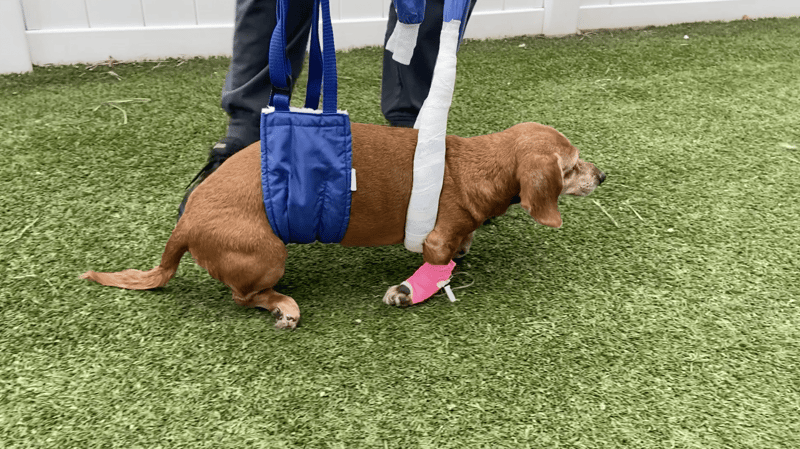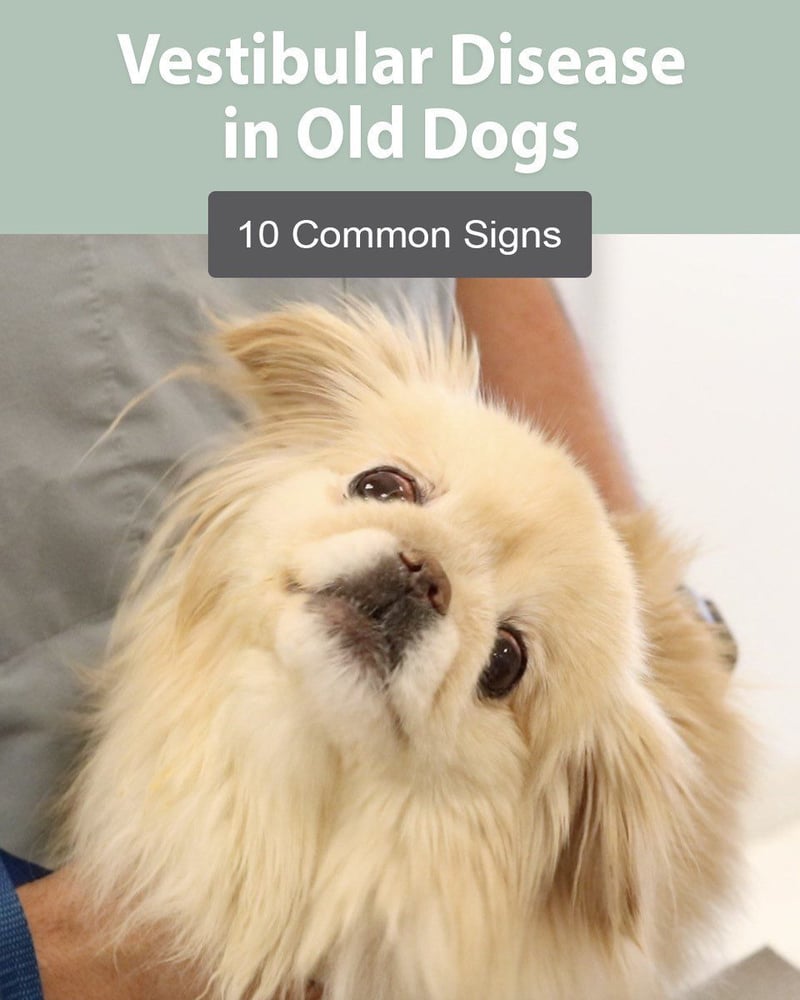Vestibular Disease in Dogs and Cats
Home » Conditions We Treat » Vestibular Disease
What is vestibular disease?
Is your pet walking with a head tilt? Do they seem uncoordinated and wobbly? They could have vestibular disease. In simple terms, this means balance problems. From your perspective, it may look as if your pet has vertigo. Because vestibular disease has many possible causes, you should meet with one of our veterinary neurologists for a proper diagnosis. Download the fact sheet.
Request a consultation at one of our locations today.
Symptoms of Vestibular Disease in Dogs & Cats
The vestibular system exists to help animals with their balance and coordination. It consists of the inner ear and nerves (peripheral vestibular system) and the brain stem (central vestibular system) which connects the rest of the brain and spinal cord.
The most common symptoms of vestibular disease in dogs & cats include:
- A constant head tilt
- A “drunken” or wobbly walk in which your pet leans to one side and occasionally falls or rolls onto that side
- Unusual position of the eyes
- Rapid, abnormal eye movements
Is vestibular disease life-threatening?
In general, the causes that affect the central vestibular system (brain stem) are more serious than those that affect the peripheral vestibular system (inner ear). Sometimes our neurologists can tell the difference by examining your pet, but more often, MRI is needed to determine the cause. That's why it's so important to have any pet with a balance problem evaluated by a pet neurologist right away.
Diagnosing Your Pet
If your pet is showing signs of vestibular disease, you need to see us for a neurological exam as soon as possible. At your pet's consultation, we will often follow these steps when looking for the cause of vestibular disease:
-
Review health history and perform physical and neurological exams. With a neurological exam, we can often find out if the disease stems from the inner ear or the brain.
-
We also need to do blood work, X-rays, and a blood pressure check to evaluate your pet’s overall health. This helps us check for underlying causes, and it also helps us make sure your pet can safely undergo anesthesia.
-
We often need to do an MRI to accurately determine the cause of vestibular disease and a CSF (cerebrospinal fluid) analysis to further help rule out other possibilities.
Treating Vestibular Disease in Your Pet
An accurate diagnosis is vital for an effective, long-term treatment. At SEVN, we offer viable treatment options for every patient. Please contact one of our locations if you see any signs of vestibular disease in your pet. In many cases, the prognosis is good, and medication can make their condition manageable.


